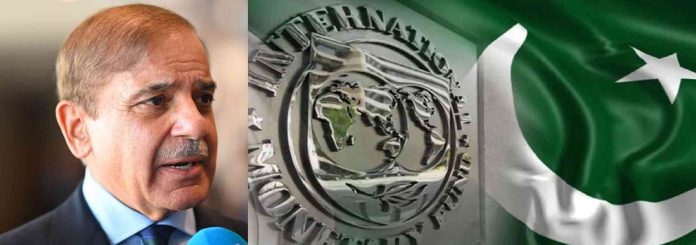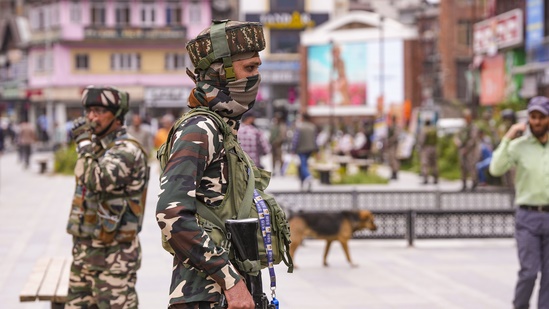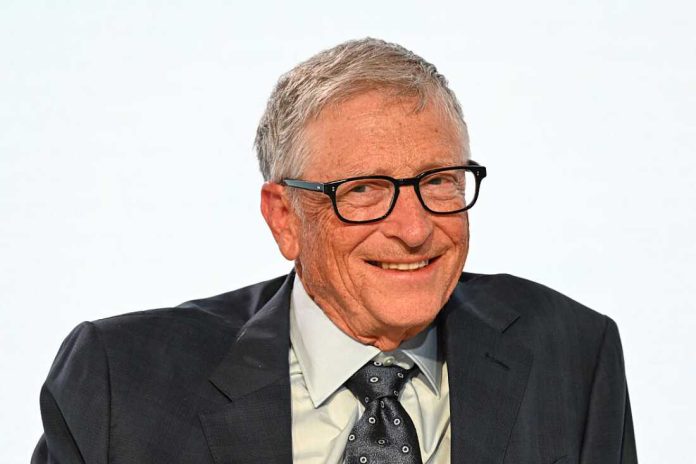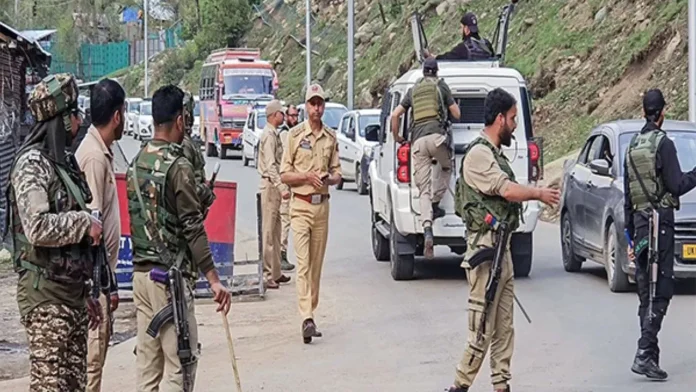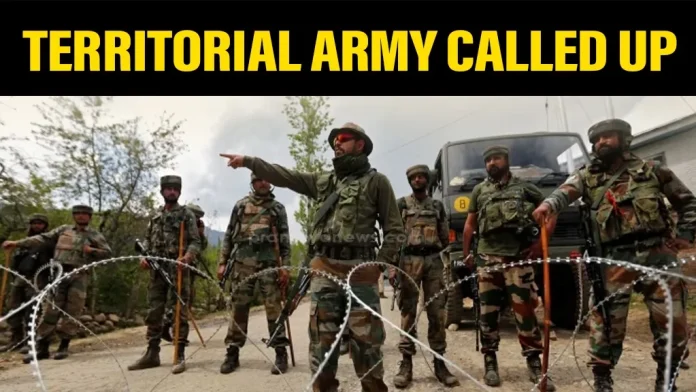Army Video Recording is Crime: भारत-पाकिस्तान के बीच बढ़ते तनाव के मद्देनजर महाराष्ट्र सरकार ने राज्य में सुरक्षा और सतर्कता के स्तर को और मजबूत कर दिया है। मुख्यमंत्री देवेंद्र फडणवीस ने एक उच्चस्तरीय समीक्षा बैठक के दौरान स्पष्ट निर्देश दिया कि राज्य में सैन्य तैयारियों से संबंधित किसी भी गतिविधि की वीडियो रिकॉर्डिंग करना और उसे सोशल मीडिया पर साझा करना अब एक दंडनीय अपराध माना जाएगा। इस फैसले का उद्देश्य देश की सुरक्षा में किसी भी तरह की सेंध से बचाव करना है। मुख्यमंत्री ने कहा कि ऐसी कोई भी गतिविधि जो देश की सुरक्षा व्यवस्था के लिए खतरा बन सकती है, उस पर अब सख्त कार्रवाई की जाएगी। उन्होंने यह भी स्पष्ट किया कि यदि कोई व्यक्ति सेना की किसी अभ्यास या तैयारी से संबंधित दृश्य रिकॉर्ड कर उसे सोशल मीडिया जैसे प्लेटफॉर्म्स पर साझा करता है, तो उसके खिलाफ तुरंत आपराधिक मुकदमा दर्ज किया जाएगा। Maharashtra Military Video Ban
मुख्यमंत्री ने जारी किए कड़े निर्देश, सोशल मीडिया पर साझा करने वालों पर तुरंत होगी आपराधिक कार्रवाई
इस अहम बैठक में उपमुख्यमंत्री एकनाथ शिंदे, प्रभारी मुख्य सचिव राजेश कुमार, राज्य की पुलिस महानिदेशक रश्मी शुक्ला, मुंबई पुलिस आयुक्त देवेन भारती, महानगरपालिका आयुक्त भूषण गगराणी, गृह विभाग की प्रधान सचिव राधिका रस्तोगी और अन्य उच्च अधिकारी उपस्थित थे। बैठक का मकसद राज्य की सुरक्षा, सज्जता और आपातकालीन प्रबंधन को लेकर समग्र रणनीति तैयार करना था। Recording Military Activities in Maharashtra Now a Punishable Offense: CM Fadnavis Issues Strict Orders
क्यों उठाया गया ये कदम? अन्य सुरक्षा निर्देश भी जारी
सरकार का मानना है कि सोशल मीडिया पर सैन्य गतिविधियों के वीडियो या फोटो डालने से संवेदनशील जानकारियां लीक हो सकती हैं, जिनका इस्तेमाल शत्रु देशों द्वारा भारत की सुरक्षा में सेंध लगाने के लिए किया जा सकता है। इसी कारण मुख्यमंत्री ने इसे गंभीरता से लेते हुए ऐसे मामलों पर तत्काल एफआईआर दर्ज करने का निर्देश दिया है। मुख्यमंत्री फडणवीस ने यह भी कहा कि राज्य की सभी पुलिस इकाइयों को अलर्ट पर रखा गया है और हर जिले में मॉकड्रिल के साथ-साथ वॉर रूम की स्थापना की जाएगी। सायबर सेल को विशेष रूप से निर्देशित किया गया है कि सोशल मीडिया पर नजर रखी जाए और पाकिस्तान या अन्य दुश्मन देशों के पक्ष में गलत जानकारी या दुष्प्रचार फैलाने वालों पर सख्त कार्रवाई की जाए। War Preparation India
युद्ध जैसे हालातों की तैयारी के लिए पूरी तरह सजग है महाराष्ट्र
महाराष्ट्र सरकार की यह कार्रवाई एक महत्वपूर्ण कदम है जो दिखाता है कि राज्य अब युद्ध जैसे हालातों की तैयारी के लिए पूरी तरह सजग है। मुख्यमंत्री फडणवीस के निर्देशों से स्पष्ट है कि किसी भी तरह की लापरवाही को बर्दाश्त नहीं किया जाएगा और राज्य की सुरक्षा में सेंध लगाने की कोशिश करने वालों पर कड़ी से कड़ी कार्रवाई की जाएगी। Social Media Military Videos

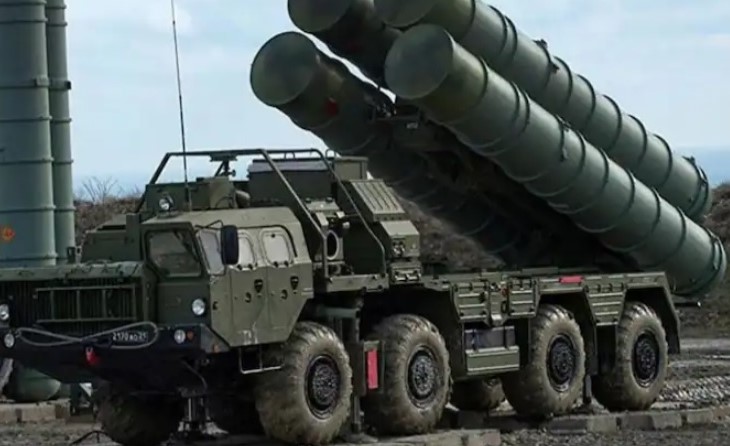

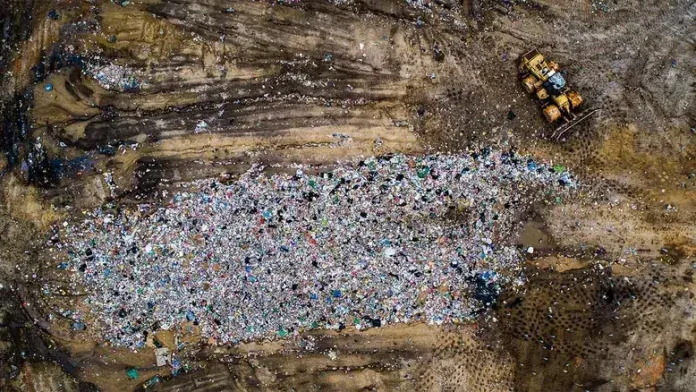

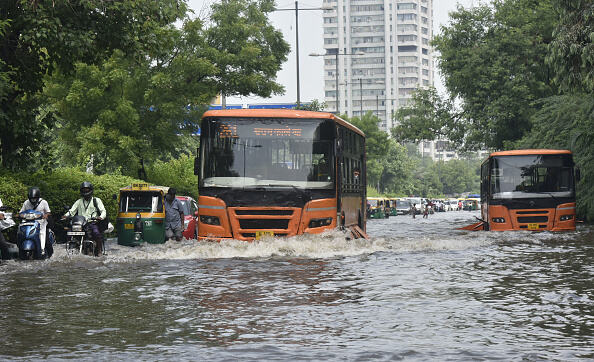
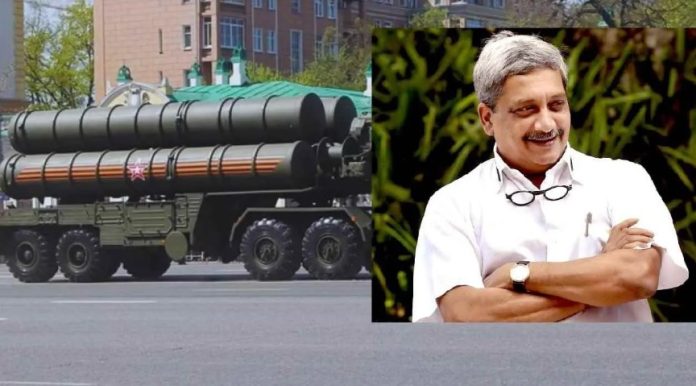

 The above article’s author Rohit Bhagwat heads ZS’s Pune office – the company’s largest in India. He specializes in analytics, consulting, technology, and operations within the healthcare industry. With expertise in delivering advanced analytics programs across R&D, commercial, and enterprise functions, Rohit focuses on cultivating strategic relationships through an emphasis on innovation, quality, and service. Rohit has an MBA from the Indian School of Business, Hyderabad, and a B.Tech in Electronics Engg. from IIT-BHU, Varanasi.
The above article’s author Rohit Bhagwat heads ZS’s Pune office – the company’s largest in India. He specializes in analytics, consulting, technology, and operations within the healthcare industry. With expertise in delivering advanced analytics programs across R&D, commercial, and enterprise functions, Rohit focuses on cultivating strategic relationships through an emphasis on innovation, quality, and service. Rohit has an MBA from the Indian School of Business, Hyderabad, and a B.Tech in Electronics Engg. from IIT-BHU, Varanasi.